Dog Scooting: What’s the Cause and How To Fix It?
Seeing a dog scooting their butt across the ground always evokes a laugh or two especially when they are seemingly oblivious to the embarrassment that it causes us as owners.I know I used to feel horrified when my old girl Pippa used to do this, especially if she left skid marks! Oh, the shame!Dogs scoot their bottom along the ground for a number of reasons, the main one being they have an itchy bottom or are experiencing some discomfort in this area.This itchiness or pain can be caused by numerous conditions such as anal sac problems, allergies, parasites, or matted hair.In this article, we’ll discuss the different causes and how you can manage this embarrassing behaviour!What Causes Dog Scooting?
There are quite a few potential reasons why your dog might scoot along the floor on its bottom. The main reason they do this is that they are either suffering from discomfort or they are itchy.When we start to consider the reasons that may cause discomfort and itchiness then we can start to get quite a long list of reasons for scooting!- Anal Gland Problems
- Tail Fold Problems
- Parasites
- Diarrhoea/Loose Faeces
- Allergies
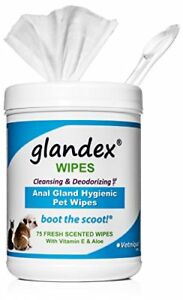
Video: Dr Leigh Discusses Dog Scooting
Dog Scooting Caused by Anal Glands
One of the most common reasons for a dog rubbing their bottom along the ground is that they may have discomfort due to enlarged anal glands.The anal glands are situated just inside the rectum between the internal and external sphincters at about 4pm and 8pm if you were to think of a clock face.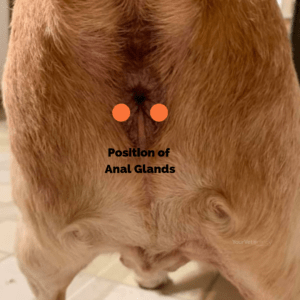
Anal glands are situated between the internal and external sphincter of the rectum.
- Excessive production of gland fluid,
- Faeces that are too soft/diarrhoea,
- Poor muscle tone of the sphincters,
- Obesity
How Does Anal Sac Disease Occur?
Anal sac disease can occur in three stages and it’s up to you as the owner to recognise the subtle signs so that you can help your dog empty the sacs before they become a bigger, painful problem.The three stages include- anal sac impaction,
- anal sacculitis, and
- anal sac abscess.
Prevention of Anal Sac Disease
Some dogs are very prone to getting enlarged anal glands. The only sign you may notice is a whiff of fishy smell on your clothes or the seat next to you. For others, they start scooting and/or licking their bottom.When you notice any of these signs it is wise to have the anal glands expressed, better still you can have the glands expressed regularly eg every 3 or 4 months.You can express anal glands yourself or have your local vet clinic or groomer help you out.There are essentially two methods to express glands. One expresses them internally, the other from the outside. Often it is easier to express them internally.For both methods, you will need disposable gloves and a good amount of paper towels. For the internal method you will need some lubrication such as KY Jelly.External Method: With gloved hands and holding paper towels to ‘catch’ the fluid place your fingers at 4 pm and 8 pm either side of the anus.Gently apply pressure.Hopefully, you will see the brown liquid, oily, smelly scent gland fluid.If not, you may have to try the Internal Method.Internal Method: Again, wearing gloves and holding the paper towels insert your lubricated index finger of your dominant hand into the rectum.Feel for a pea-sized structure to the left and right at around the 4 pm and 8 pm positions.Once located, apply firm constant pressure by squeezing your index finger (inside the rectum) against your thumb (on the outside of the rectum). Don’t release the pressure until you feel the gland release.Be warned, some dogs feel very worried about this (it shouldn’t hurt if there is no infection) and may try to bite. It is definitely a two person job. If you are struggling, leave it to the experts and take your pooch to the vet.Dog Scooting Caused by Skin Fold Problems
If a dog is obese, has excessive loose skin around their tail or vulva or has deep folds due to a corkscrew tail then they can be prone to skin fold problems that may cause infections that are so itchy that the dog wants to scoot along the ground to relieve the itch.Breeds that are prone to tail fold problems include any of the brachycephalic breeds such as English bulldogs, French bulldogs and pugs, Shar-peis and Bloodhounds.These deep skin folds attract moisture and heat so are the perfect breeding ground for bacterial infection. Remember that dog skin is always colonised by bacteria so any disruption to the surface can make infection possible.We call infections in this area skin fold dermatitis and it’s very important that if you own one of these breeds that you make cleaning these folds a part of your daily routine. In severe cases, vets may suggest that your dog has excessive folds removed to help prevent these infections.Read more about “hotspots in dogs” or watch the video below starts at 5min mark:Dog Scooting Caused by Parasites
When we discuss scooting caused by parasites we could be talking about internal parasites such as worms, or external parasites such as fleas, mites or ticks.
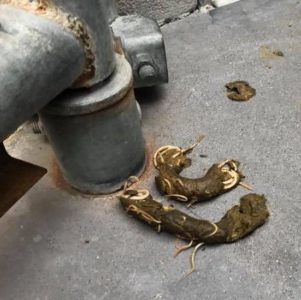
Sometimes worms can hang out of your dog’s anus and cause irritation.
Any parasite that is crawling along the skin can cause irritation and an itch.
It is important to keep your dog up to date with all flea and worm treatments to stop this from occurring.
Dog Scooting Caused by Faeces
It’s not uncommon to see a dog scoot when they have poop stuck to the hair around their bottom, or even if they are unable to completely expel the faeces.This can sometimes occur when the dog has been eating a lot of hair or grass, or they just have too much hair around their bottom.A quick and easy way to prevent your pet from scooting when hair is the cause is to trim the area around the anus nice and short.To assist with bulkier faeces that won’t be so sticky it is important to ensure the dog has enough fibre in the diet.Quality kibbles provide adequate fibre eg Hills Science Diet, Royal Canin, Proplan, Eukanuba. While the lesser quality brands often result in dogs having loose faeces.If you are concerned about the fibre content of your dog’s diet you can always supplement with vegetables such as carrot, broccoli, pumpkin. Adding psyllium husk to their food can also assist (1 Tablespoon 3 times a week).
Feeding your dog high fibre vegetables such as carrots, pumpkin and broccoli can help improve bulk of faeces.
Skin Allergies Can Lead To Scooting
One of the most common causes of scooting is that your dog has allergies. Dogs who are itchy all over love to scratch and rub their bottoms along the ground.There are different types of allergies including:- environmental allergy
- atopy
- food allergy
- parasitic allergy (flea allergy dermatitis)

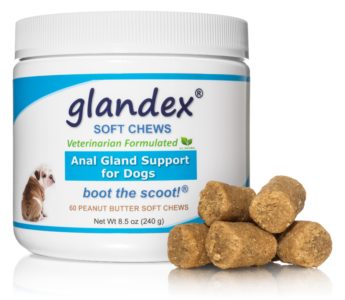
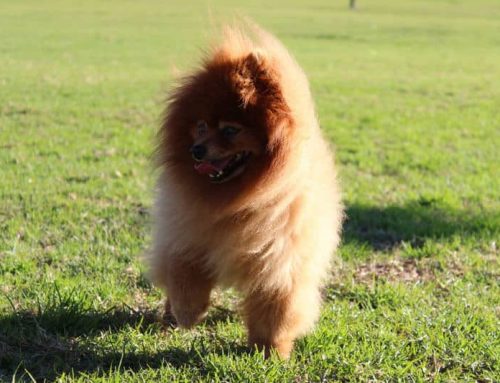
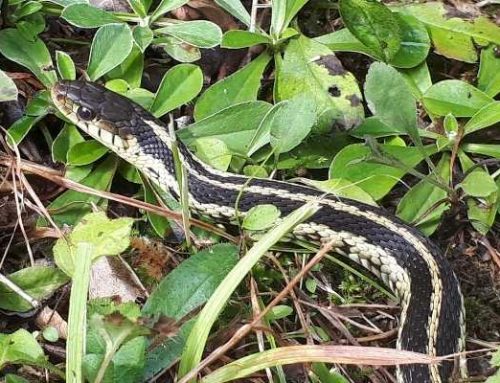
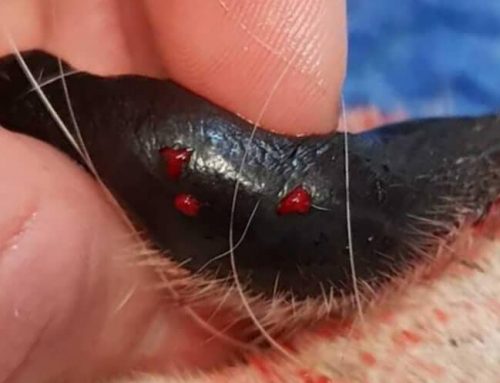
My dog is warmed what can I do for him
I have a 12 year old Bichon Frise, she scuts on the floor
She’s always humping our male Bichon Frise who is 13 years old
She also has black dots on her private parts